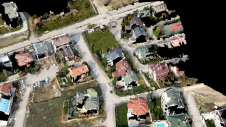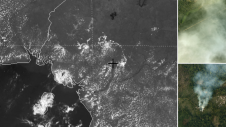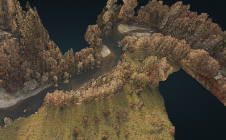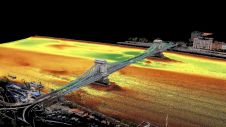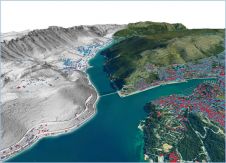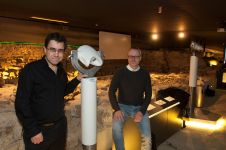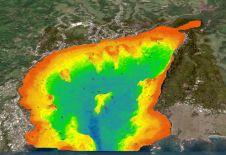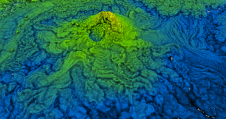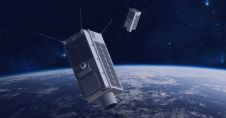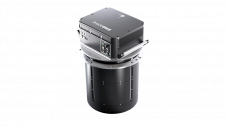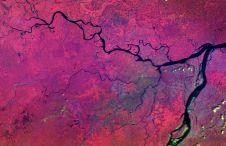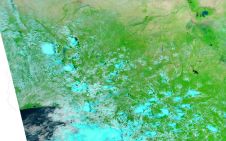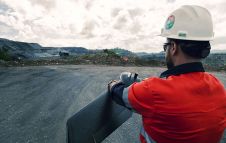Geographic information: an investment in solving the ongoing crisis?
We are collectively facing an ongoing economic slump. Governments are looking for ways of cutting expenses and boosting economic growth. Re-industrialisation, the green economy and the knowledge economy are climbing the political agenda as mechanisms to solve the crisis. Can geographic information technologies help to heal our ailing economy?
Geographic information’s contribution to re-industrialisation will be an indirect one. Enabled by an efficient use of geographic information (GI), sound decisions on spatial planning, developing and managing communication networks, and energy provision and utilities may help to increase industrial productivity, although the GI sector’s input will be marginal.
More may be achieved in terms of helping to develop a ‘green economy’. In a green economy, natural capital and ecologic services are assigned a direct economic value, with costs externalised onto society via ecosystems also taken into account. Since the Earth is an essential asset, information depicting its past, present and future is central to the concept. Hence, GI input – in terms of establishing spatial data infrastructures and spreading the use of the related technologies – will be important.
But one area in which GI specialists must particularly voice their opinions and utilise their expertise is the digital agenda arena, which governments are regarding as increasingly important. Whether directly or indirectly, almost all digital information has a location aspect. Its pervasive nature provides unique opportunities for large-scale linking of digital information and for accessing, interrelating and displaying information. Linking digital information through a location element creates opportunities for virtually all policy issues addressed by governments. Location information is being created digitally in vast quantities and virtually everywhere across Europe, from the pan-national level down to the tiniest village and smallest buildings, and the information is increasingly being obtained in real time. That is complementing traditional approaches which generate time-fixed location information. The virtual ‘explosion’ of digital content being produced through so many social media channels, most of which have a location element, opens up new possibilities for generating services with location information inside. Thanks to INSPIRE as an inspiration source, services to web users at all levels – citizens, enterprises and governments – will flourish, helping SMEs to generate business and hence economic growth.
To further the discussion, EUROGI is organising a conference to be held in Dublin, on7 and 8 March 2013. This event is aimed at identifying opportunities arising from the application of both existing and emerging geospatial data, services and technologies to address key European, national and local challenges, including job creation, more efficient and effective public-sector policy-making and services delivery, and the creation of a better-informed public.
Enormous untapped potential exists in the GI sector; identifying the opportunities, and determin-ing how best to realise them, will constitute the essence of GI’s answer to the crisis.
Make your inbox more interesting.Add some geo.
Keep abreast of news, developments and technological advancement in the geomatics industry.
Sign up for free


